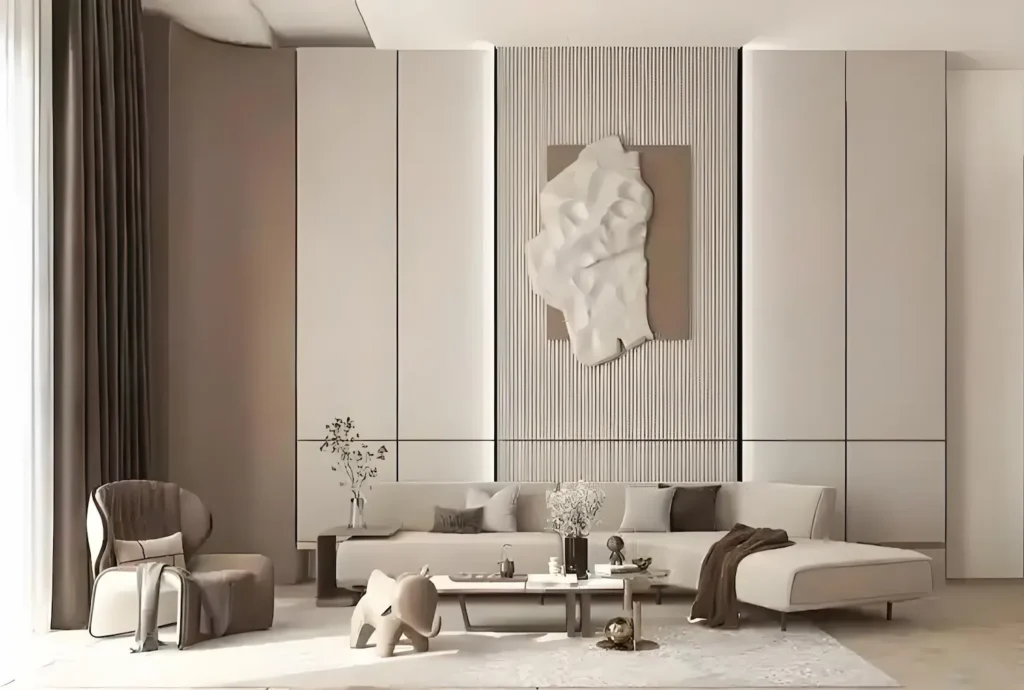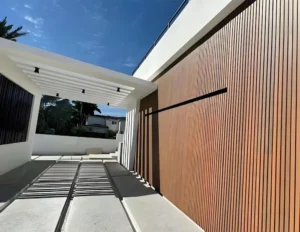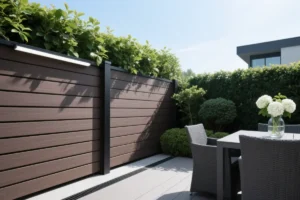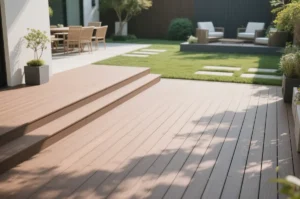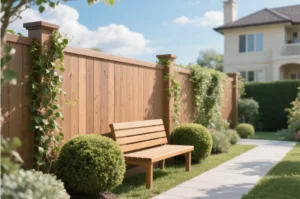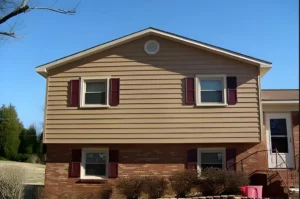Introduction: The Rising Popularity of WPC WALL Panels
In recent years, homeowners and interior designers have increasingly turned to WPC wall panels as an alternative to traditional wall coverings. Combining the natural aesthetics of wood with the durability of plastic, these panels offer a modern solution for residential and commercial spaces. Homeowners may ask are WPC wall panels safe for health?
As with any building material, concerns about health and safety arise. Are these panels truly safe for long-term use? Do they emit harmful chemicals? How do they compare to natural wood, PVC, or other alternatives?
This in-depth guide explores:
- The composition and manufacturing process of WPC wall panels
- Potential health risks and how to mitigate them
- Key certifications that ensure safety
- A detailed comparison with other wall materials
- Best practices for installation and maintenance
- Future innovations in WPC technology
By the end, you’ll have a clear understanding of whether WPC panels are the right choice for your home.
Understanding WPC Panel Technology
What Are WPC Panels Made Of?
WPC panels are engineered composites consisting of:
- Wood fibers (40-60%) – Typically sourced from recycled or sustainable timber.
- Plastic polymers (HDPE or polypropylene) – Provides durability and moisture resistance.
- Binding agents & additives – Enhances strength, UV resistance, and fire retardancy.
Unlike solid wood, WPC wall panel are less prone to warping, cracking, or insect damage. Unlike pure plastic panels, they offer better thermal insulation and a more natural appearance.
How Are They Manufactured?
- Material Mixing – Wood flour and plastic resins are blended with stabilizers.
- Extrusion – The mixture is heated and pressed into panel profiles.
- Surface Finishing – Textures, colors, and protective coatings are applied.
Potential Concerns:
- Some low-quality WPC wall panels may contain formaldehyde-based adhesives.
- Certain plasticizers (like phthalates) could pose health risks if not properly regulated.
Health and Safety Evaluation
1. Chemical Emissions
- VOCs (Volatile Organic Compounds): Some WPC panels release VOCs, which can affect indoor air quality. Look for GREENGUARD Gold certification, which ensures ultra-low emissions.
- Formaldehyde: High-quality WPC panels should have undetectable levels of formaldehyde. Avoid uncertified products.
- Plasticizers: Some cheaper panels use phthalates, which may disrupt hormones. Opt for phthalate-free options.
2. Mold and Moisture Resistance
- WPC panels are naturally mold-resistant due to their plastic content.
- However, improper installation (trapped moisture behind panels) can still lead to mold growth.
3. Fire Safety
- Most WPC panels include fire-retardant additives, but check for Class B or higher fire ratings.
- Avoid panels with halogenated flame retardants, which release toxic fumes when burned.
4. Long-Term Durability
- High-quality WPC panels last 20+ years without significant degradation.
- Cheaper versions may fade, warp, or release microplastics over time.
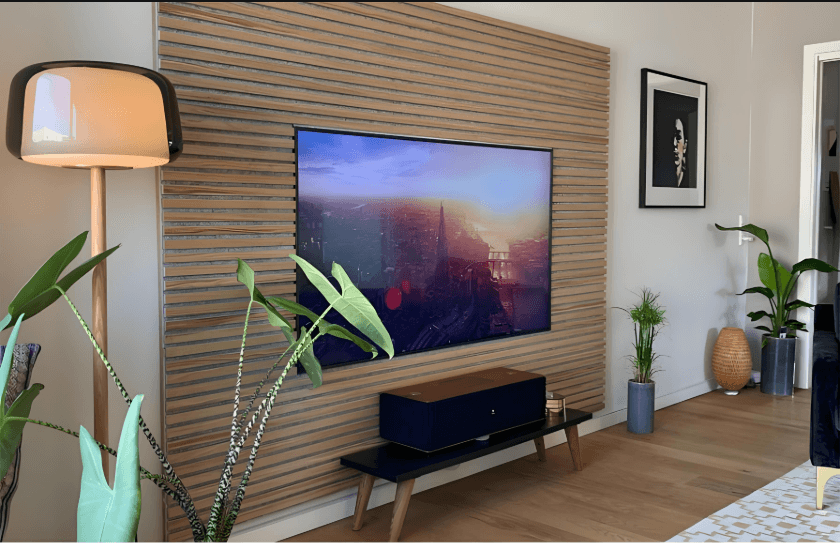
Key Certifications for Safe WPC Panels
| Certification | What It Means |
|---|---|
| GREENGUARD Gold | Ultra-low VOC emissions, safe for sensitive environments (hospitals, schools). |
| FloorScore | Ensures good indoor air quality (IAQ) compliance. |
| Cradle to Cradle | Evaluates sustainability, recyclability, and material health. |
| Declare Label | Full transparency on chemical ingredients. |
| BREEAM/LEED | Recognized green building standards. |
Recommendation: Always check for at least GREENGUARD Gold or FloorScore certification.
WPC vs. Other Wall Materials: A Detailed Comparison
| Feature | WPC wall Panels | Natural Wood | PVC Panels | Gypsum Board |
|---|---|---|---|---|
| VOC Emissions | Low (if certified) | Very Low | High | Medium |
| Mold Resistance | Excellent | Poor | Excellent | Poor |
| Durability | 20+ years | 15-30 years (varies) | 10-15 years | 10-20 years |
| Fire Safety | Good (with additives) | Poor | Medium (melts) | Good |
| Eco-Friendliness | Moderate (recyclable) | High (if FSC-certified) | Low (non-recyclable) | Medium |
Key Takeaways:
- Best for health: Natural wood (if untreated) or certified WPC wall panels.
- Best for moisture resistance: WPC or PVC.
- Best for sustainability: FSC-certified wood or Cradle to Cradle WPC.
Installation and Maintenance Best Practices
Pre-Installation Checklist
✔ Acclimate panels for 48 hours before installation.
✔ Check for proper ventilation during and after installation.
✔ Use low-VOC adhesives if required.
During Installation
- Avoid trapping moisture behind panels (use a vapor barrier if needed).
- Cut panels in a well-ventilated area to minimize dust inhalation.
Post-Installation Care
- Ventilate the room for 2-3 days after installation.
- Clean with mild soap and water—avoid harsh chemicals.
- Inspect annually for signs of warping or mold.
Future Innovations in WPC Technology
- Healthier Formulations
- Formaldehyde-free binders (soy-based or PU adhesives).
- Air-purifying coatings (TiO2-based surfaces that break down VOCs).
- Improved Sustainability
- Higher recycled content (up to 80% post-consumer waste).
- Biodegradable WPC (using PLA plastics from cornstarch).
- Enhanced Performance
- Self-healing coatings (minor scratches repair themselves).
- Thermal-regulating panels (better insulation properties).
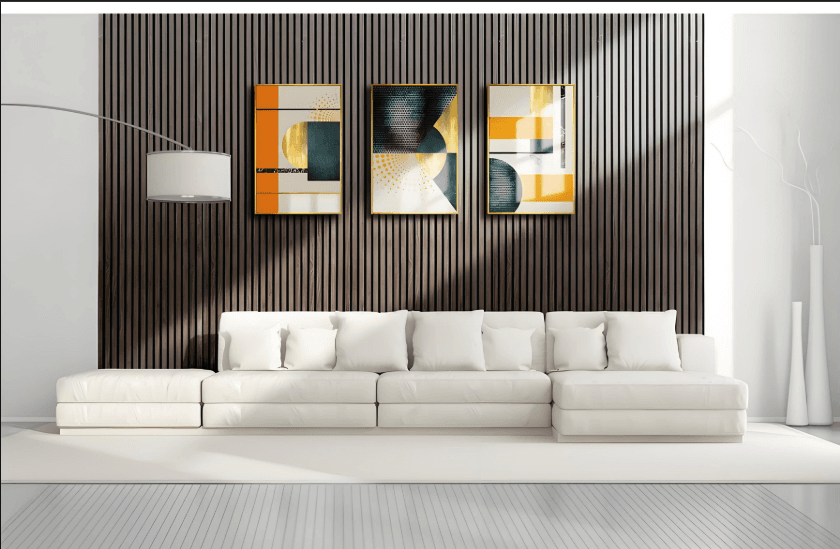
Final Verdict: Are WPC Panels Safe?
✅ Yes, if you choose high-quality, certified panels.
❌ No, if you buy uncertified, cheap alternatives.
Who Should Use WPC wall Panels?
- Homeowners looking for a low-maintenance, stylish option.
- Families with allergies (due to mold resistance).
- Eco-conscious buyers (if opting for recycled-content panels).
Who Should Avoid Them?
- Those extremely sensitive to VOCs (stick with solid wood or clay plaster).
- Budget buyers (low-cost WPC may contain harmful additives).
Conclusion
WPC panels can be a safe, durable, and eco-friendly choice—if you select certified products from reputable manufacturers. Prioritize GREENGUARD Gold or FloorScore certifications, ensure proper installation, and maintain them well for long-term safety. In order to know more about pros, cons, and best use cases of wpc wall panels, you can read this article Are WPC Wall Panels Good or Bad.
For those seeking the healthiest option, consider pairing WPC panels with natural ventilation, air purifiers, and regular air quality checks.
By making an informed decision, you can enjoy the benefits of WPC wall panels without compromising your home’s safety.
Next Steps:
- Compare top-rated WPC brands (e.g., Trex, Fiberon).
- Consult an indoor air quality specialist if concerned about chemical sensitivity.
- Request material safety data sheets (MSDS) from manufacturers.
Would you like recommendations for specific brands or further testing methods? Let me know how I can help! Gladol is a WPC wall panel factory from China with 15 years of industry experience.

